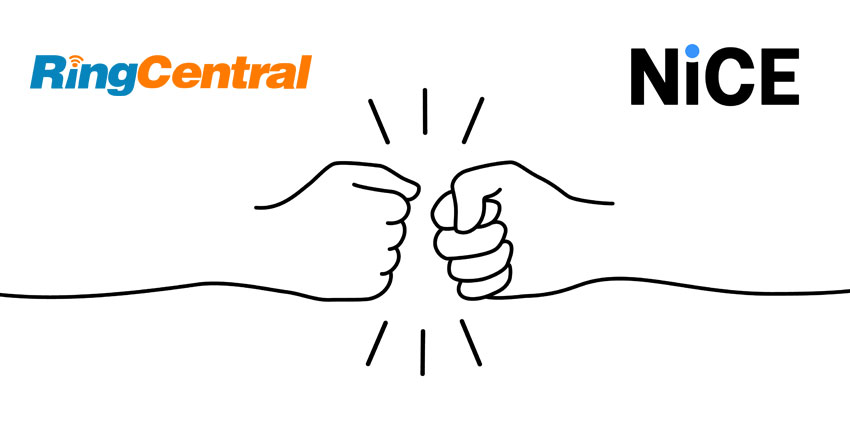Exciting new research from Puzzel and ContactBabel has established a brand new manner of reading different types of customer interactions that businesses have to handle, considering the urgency, complexity and emotional input of the interaction from the customer’s perspective.
The Customer Interaction Cube could be used by contact centres to help analyse their volumes of each type of interaction, cross-referencing it with other variables such as the time of day these types of interaction are received as well as their customer demographic preferences.
The aim of the Cube is to improve CX while reducing the cost of service through anticipating the likely resourcing required and even proactively engaging with the customer on lower cost channels first.
The 2x2x2 Cube measures eight types of customer interaction. These are combinations of either low or high urgency, complexity and emotional input, with the idea being that each interaction type could well be best be suited to specific channels, and that both business and customer could benefit from matching channel with interaction type.
Below are examples used in the report and where they would be placed on the emotional importance priority list:
- Meter reading – low
- Instructions on how to program a TV remote – low
- Top up mobile credit – low
- Details of how to make an insurance claim – low
- Book train tickets for important engagement – high
- Complaint about incorrect billing – high
- Simple question about imminent desired purchase – high
- Household emergency advice; 999 – high
The report suggests examples with a low emotional importance priority should be achieved in a self-service channel while high emotional importance examples should be done through telephony, email or web chat.
The report reads: “While the 2x2x2 cube can help businesses to estimate the current and potential volumes and resourcing required to serve the customer base, it is important to remember that similar types of customer interaction may require very different handling depending on circumstances. For example, a query about product delivery may be a small part of a wide-ranging research process carried out by a particularly thorough prospective customer, or may be asked by a customer who has just realised they’ve forgotten about an important birthday and needs immediate, accurate information.
“McKinsey talks about the ‘moment of truth’ in customer interactions, often occurring when the customer has an unexpected problem or has a high emotional stake, when long-term loyalty and customer advocacy can be won or lost depending on the outcome and the way in which it is handled. Businesses and their representatives should be aware that these relatively rare occurrences offer great opportunities.
“Recognising and handling these moments of truth appropriately – moments which are defined as such by the customer, not the business – will have a far greater long-term impact on customer satisfaction and loyalty than the dozen.”
More on the Cube can be found here.






